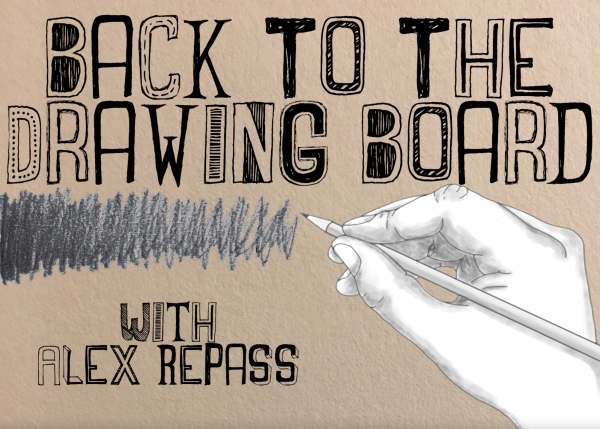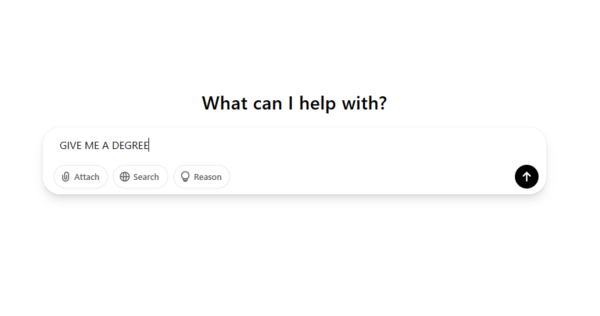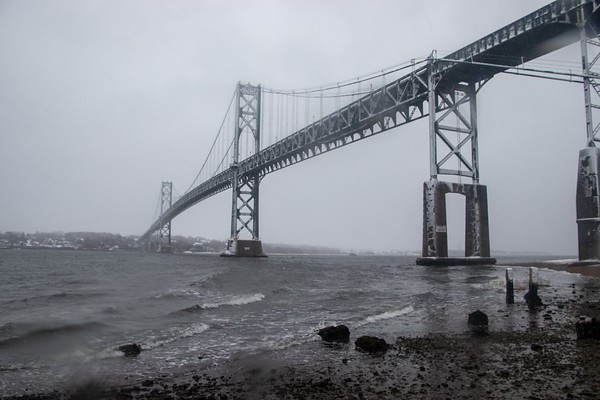What should voter protection laws look like?
Is our vote really protected? The right to vote is a fundamental right granted by the Constitution and in the ideals of a functioning democracy. However, throughout United States history, those rights have not been granted to all citizens. Black people couldn’t vote until 1868 when the 15th amendment was passed and women had to wait another 52 years until they were granted the right. Now, in the 21st century, all Americans have the right to vote. But, does that mean their vote is protected?
Over the last 30 years, states have passed laws that make it increasingly harder for folks–especially black people, the elderly, students, and people with disabilities to participate in the democratic process. If we want to protect the constitutional rights of all Americans to vote, we need to prioritize voter protection laws.
One solution, that is wrongfully under attack in many states, is the implementation of early voting. By making polling locations available and accessible before election day, the folks who need to work, have children, have a disability, etc, will have more of an opportunity to cast their ballot. America also needs to step back on Voter ID laws. In many states, folks are required to present a government-issued ID.
The problem is, not every American has an identification. According to the ACLU, up to 11% of American citizens lack a government-issued ID and would be required to undergo the bureaucratic process to obtain one, or just forgo their vote altogether. This disenfranchised thousands of citizens who live and work in the US where policy decisions affect them. The overall message is that government leaders, regardless of party, should actively be working to protect the vote, not make it harder for folks to participate in democracy.





